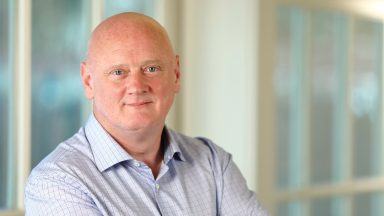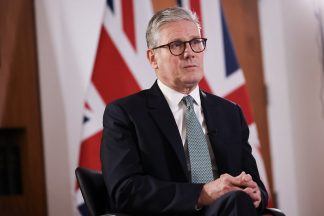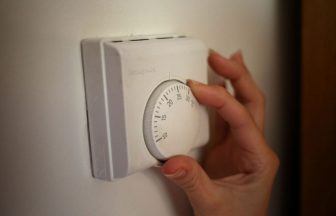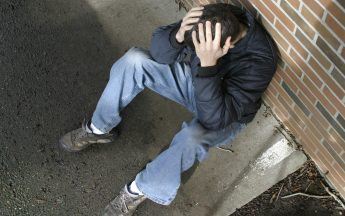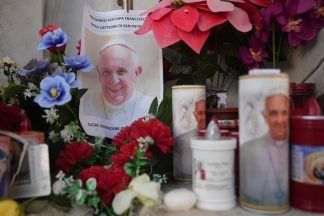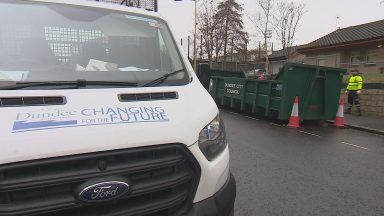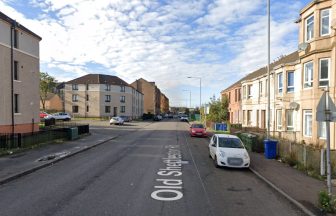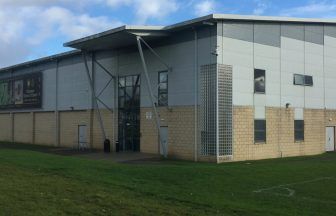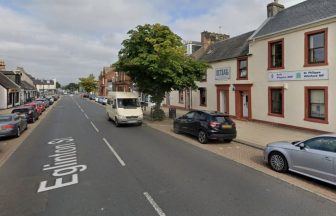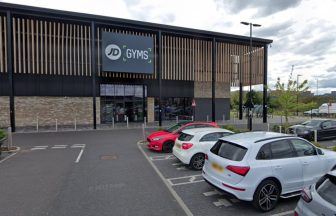More Scots are surviving cardiac arrests, according to new figures that show an increasing number of bystanders performing CPR.
Cardiopulmonary resuscitation was performed on 64% of people who suffered a cardiac arrest in Scotland outside of hospital or before paramedics arrived last year – the highest level on record.
The 2018-19 figure for bystanders doing CPR on someone having a cardiac arrest while not in a hospital has risen from 41% in 2015.
Meanwhile, the survival rate has gone up, with more than one person in 10 people surviving compared to one person in 20 in 2015 when the data was first collected.
The improved survival rate has been welcomed by Public Health Minister Joe FitzPatrick, who praised programmes training people in the life-saving technique.
He said: “The fact that a higher proportion of people who suffer a cardiac arrest are able to go home to family and friends is excellent news and the fact that more people are equipped with the skills and confidence to help others bodes well for the future.
“Swiftly starting CPR can increase the likelihood of survival after cardiac arrest by two or three times so increasing the number of bystanders who can perform CPR is vitally important.
“That is why I am delighted that the Save a Life for Scotland partnership has successfully equipped more than half a million people with CPR skills a year earlier than planned, through training and events across the country.
“I thank all of those involved for their tremendous efforts in delivering the aims of the strategy and allowing many people to live for longer.”
According to data from the Scottish Government’s Out-of-Hospital Cardiac Arrest (OHCA) report, an average of 3,200 people experience a cardiac arrest, where their heart stops pumping blood and they stop breathing.
Since October 2015, almost 520,000 people have received training on how to resuscitate someone through the Save a Life for Scotland Partnership – with chest compressions described in the report as “the most important modifiable factor determining survival after OHCA”.
Lisa MacInnes, campaign director at Save a Life for Scotland, said: “In October 2015, we set out to raise awareness of cardiac arrest and help people living in Scotland get CPR-ready.
“At the time, the target of reaching 500,000 seemed a long way off.
“However, with the hard work and dedication of the fantastic Save a Life for Scotland partnership we have surpassed this milestone over a year ahead of schedule and we’re keeping on counting, aiming to reach as many people as we can.”
She added: “That hard work has paid off, our bystander CPR rate has increased and most importantly now one in 10 people will be going home to their families.
“This amazing achievement belongs to every person who helped spread the life-saving message of CPR across communities throughout Scotland and especially the 500,000 people in Scotland who took time to stop and learn.
“Working in partnership together really has saved lives.”
Follow STV News on WhatsApp
Scan the QR code on your mobile device for all the latest news from around the country


